-
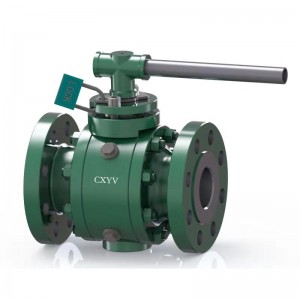
Trunnion Mounted API6D Ball Valve
Trunnion ball valves have the obturator bounded by trunnion which prevents axial displacements of the ball itself in the flow direction; line pressure compresses the seat onto the ball, the contact between surfaces generates the valve sealing; trunnion standard construction ensure automatic cavity relief in case of overpressure in body cavity; these valves can be selected for a wide range of applications with no specific limits to all sizes and pressures.
-

Double Block and Bleed Ball Valve
DBB valve is a “single valve with two seating surfaces that, in the closed position, provides a seal against pressure from both ends of the valve, with a means of venting /beeding the cavity between the seating surfaces.
-
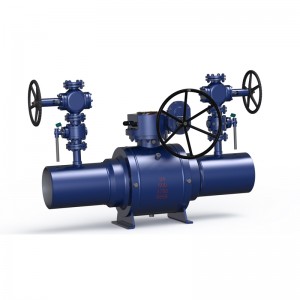
Fully Welded Pipeline Ball Valve
Since the seat of the API 6D fully welded ball valve is made up of a carbon teflon seal ring and a disc spring, it is adaptable to changes in pressure and temperature and will not produce any leakage in the marked pressure and temperature range.
Fully welded ball valves are widely used in domestic steel mills, petroleum, chemical, gas, boiler, paper, textile, pharmaceutical, food, ship, water supply and drainage, energy, polysilicon, electricity and so on. -

Multi-Port 3 Way Ball Valve T Port
Two-way and three-way ball valves are the most common types of ball valves. Three-way ball valves are especially useful because they can be set up in ways that simplify the control of gas and fluid flow. For example, they can be used to divert the flow of oil from one tank to another.
-

Wafer Type V Port Segment Ball Valve
A V-Port Ball Valve has either a ‘v’ shaped seat or a ‘v’ shaped ball. This allows the orifice to be opened and closed in a more controlled manner, with a closer to linear flow characteristic. This type of valve is also known as a control valve because the flow velocities need to be controlled depending on the application.
-
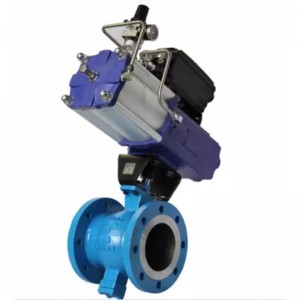
Double Flange V Port Segment Ball Valve
A V-Port Ball Valve has either a ‘v’ shaped seat or a ‘v’ shaped ball. This allows the orifice to be opened and closed in a more controlled manner, with a closer to linear flow characteristic. This type of valve is also known as a control valve because the flow velocities need to be controlled depending on the application.
-
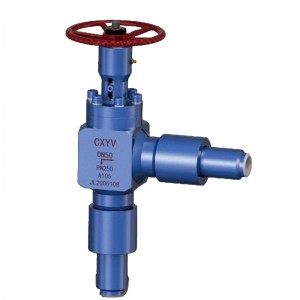
High Pressure Control Valve For Oil Field
High pressure valves are designed to handle pressures of up to 40,000 PSI (2,758 bar) and are used in the oil and natural gas upstream, midstream and downstream markets. Applications in these markets include high pressure testing, isolation shut-off, and for use in high pressure instrumentation panels. Additionally these products are used in industrial, marine, mining and automotive manufacturing. Applications for these markets include water jetting, use in hydraulic systems and much more. Valve types offered include ball valves, needle valves, manifold valves, check valves and relief valves. Choose the valve that meets your requirements
-
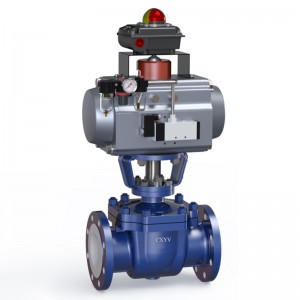
Top Entry API Standard Ball Valve
Top entry trunnion mounted ball valves are widely used in petroleum and natural gas pipelines, as well as in oil extraction, oil refining, petrochemical, chemical, chemical fiber, metallurgy, electric power, nuclear power, food, and paper making equipment. The top entry trunnion mounted ball valve is easy and quick to disassemble on the pipeline, and the maintenance is convenient and fast. When the valve fails on the pipeline and needs to be repaired, it is not necessary to remove the valve from the pipeline. It is only necessary to remove the middle flange bolts and nuts, remove the bonnet and stem assembly from the valve body together, and then remove the ball and valve Block assembly. You can repair the ball and valve seat online. This maintenance saves time and minimizes losses in production.
-

Bi-directional Metal Seat Rotary Ball Valve
Bi-directional Metal Seat Rotary Ball Valve Metal Seat Rotary Ball Valve Specification Size Range: NPS 2 -48 (DN 50-1200) Press. Rating: ASME 150 – ASME 2500 Connection Ends: RF, RTJ as per B16.5 &B16.47 BW, Butt Welded as per B16.25 Operator: Gear,Electric Actuator,Pneumatic Actuator,Bare Stem,Hydraulic actuator. Material: Body Material: WCB, CF8, CF3, CF8M, CF3M, A105(N), LF2, LF3, F304, F316, F321, F304L, F316L, Inconel, Monel etc.Ball Material: A105+EN... -
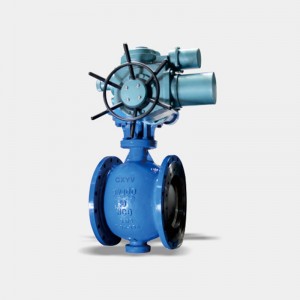
Double Eccentric Semi Ball Valve
Eccentric semi-ball valve and flange valve belong to the same type of valve, but the difference is that the closure member of eccentric semi-ball valve is a sphere and this sphere can rotate around the center line of the body to achieve the open and close movement. Ball valves are mainly used for cutting, distribution and changing the direction of the media flow in pipeline application.
-
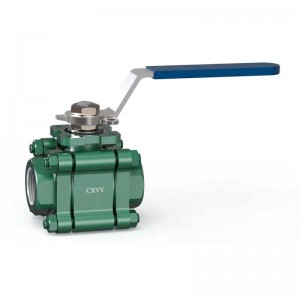
Floating Forged Steel Ball Valve
Principle of the forged steel floating ball valve: This kind of ball valve has a floating ball supported by two valve seats. Under the medium pressure effect, a certain displacement can be generated by the ball itself so as to be pressed onto the seat seal ring at the outlet, guaranteeing tightness at the outlet.
-
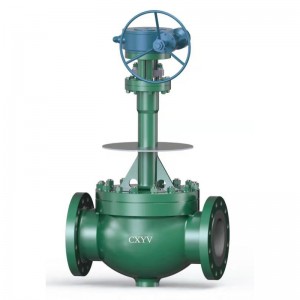
Cryogenic ISO15848/BS6364 Ball Valve
As its name suggests, cryogenic valves are designed to be used in very cold applications. They are thus most popularly used by companies that work with Liquefied Natural Gas (LNG) or Compressed Natural Gas (CNG). For instance, the oil and gas industry frequently uses cryogenic temperature ranges starting at -238 degrees Fahrenheit (-150 degrees Celcius). Additionally, some gasses aren’t labeled ‘cryogenic’ because of their temperature, but rather because they require more than a simple pressure increase to compress their volume. Cryogenic valves are built to help transport and store such cryogenic gasses safely and efficiently.
Cryogenic valves differentiate from other standard valves in the modern market due to their ability to be fully functional both in temperatures as low as -320 degrees Fahrenheit (-196 degrees Celcius) and at pressure ratings as high as 750 psi.













